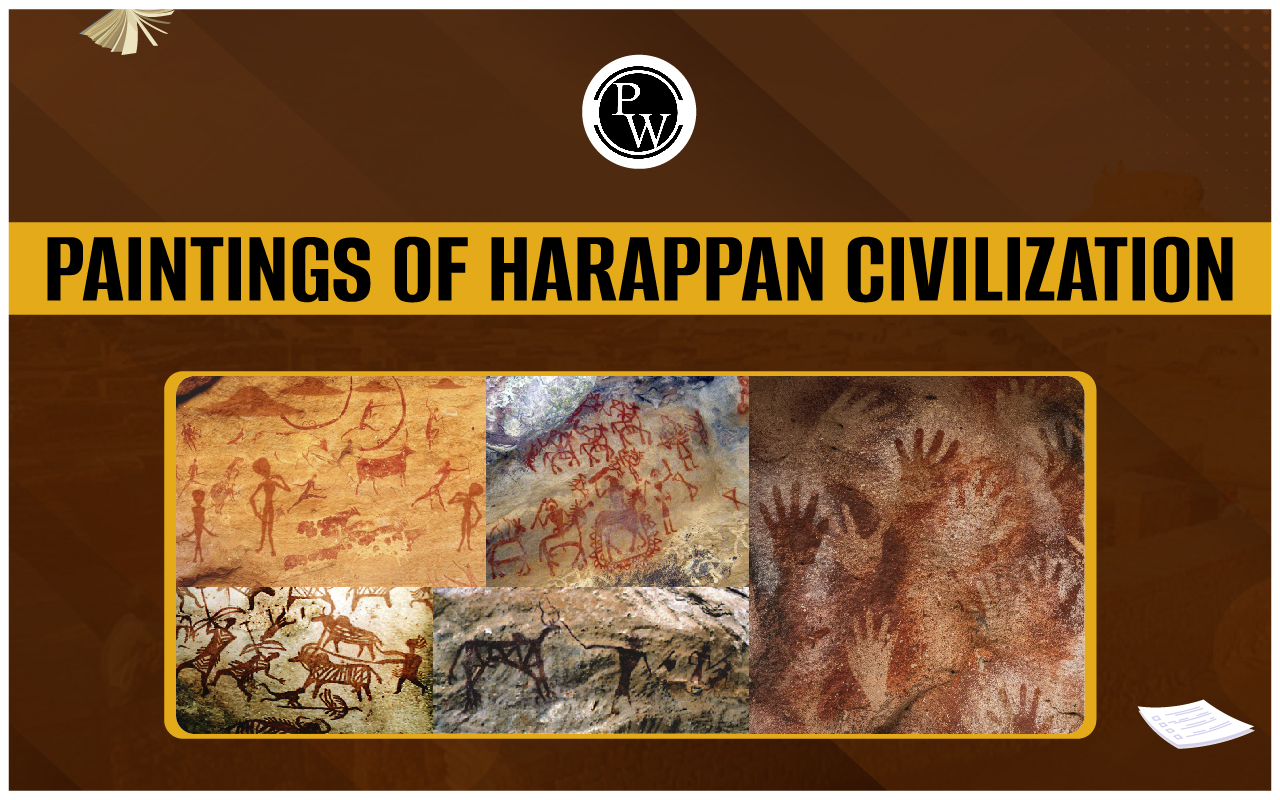
Paintings of Harappan Civilization: The Indus Valley Civilization, also known as the Harappan Civilization, was a Bronze Age civilization that thrived in northwestern South Asia between 3300 and 1300 BCE. It reached its peak from 2600 to 1900 BCE. This civilization was one of the earliest in the Near East and South Asia, alongside ancient Egypt and Mesopotamia, and it was the largest of the three. The Harappan Civilization spread across present-day Pakistan, northeastern Afghanistan, and northwestern India. It flourished along a network of rivers that were fed by monsoons, particularly near the seasonal Ghaggar-Hakra River and the Indus River's alluvial plains in Pakistan.
The Harappan Civilization is renowned for its advanced urban planning, architecture, and social organization. Among its many cultural achievements, the Paintings of Harappan Civilization stand out, showcasing the artistic skills of its people. These paintings, along with other artifacts, provide a glimpse into the daily life and beliefs of the Harappans. The Paintings of Harappan Civilization are a valuable part of its rich heritage, offering insights into a civilization that was remarkably sophisticated for its time.